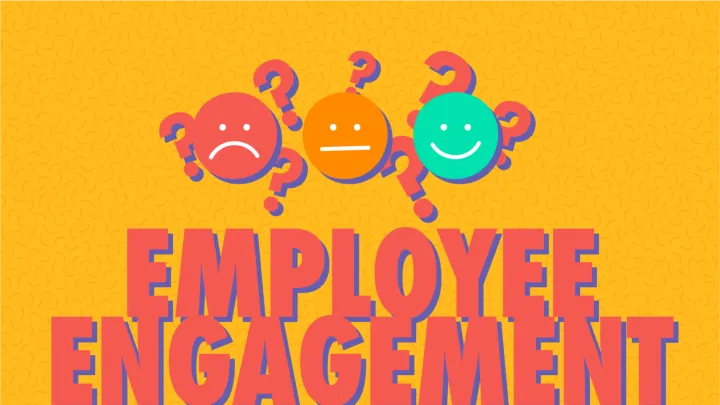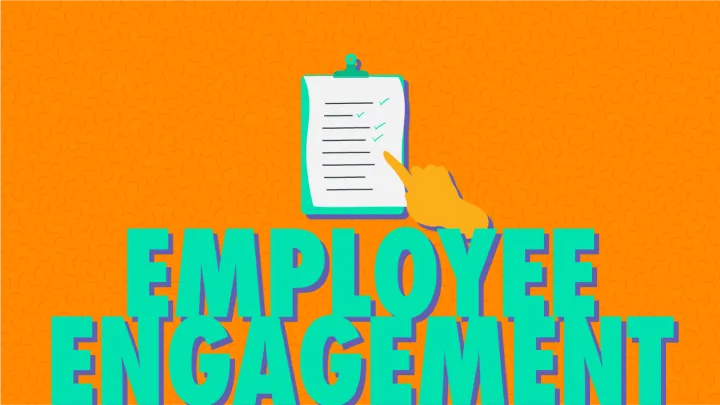Promote employee enablement at your small business – 7 proven strategies
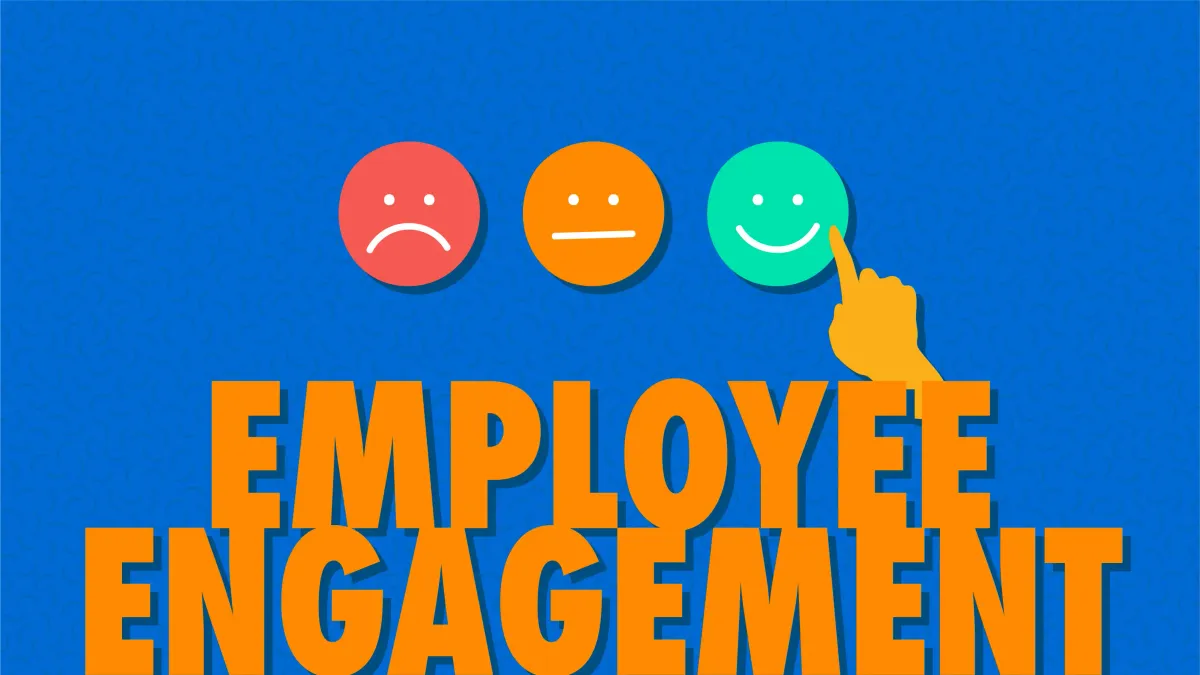
Since the beginning of Charlie, senior management has always cared about employee engagement.
In fact, well before I joined, they had already done a lot towards keeping the team engaged and making sure everybody had the right tools to enjoy a great employee experience.
One last thing that was missing was the connective link between engagement strategies and a great employee experience: employee enablement.
This is one of the first things I worked on when joining Charlie, and along with our Chief of Staff, I helped improve employee enablement to ensure we improved employee retention.
But really, what does employee enablement mean? You may not have heard about it and only focused on ‘engagement’ – which is why I wanted to share what we did at Charlie to enable our team to do their best work and optimise our retention rate.
What is employee enablement vs employee engagement?
The first time I heard the term employee enablement, I wasn’t sure what it meant. After all, we often hear tons about employee engagement without really understanding what it encapsulates apart from being a way to motivate your employees.
Employee engagement is what you achieve if you implement successful employee enablement initiatives. Engagement is the end goal, enablement is how you get there.
Employee enablement leads your team members to be motivated to do their work. It avoids them from being left frustrated because they lack the appropriate resources to become high-performing members.
Let me explain with some real-life examples from my experience at Charlie.
At Charlie, we first put together a set of enablement processes that would help engage our employees. Here’s what we did:
- Conducting employee engagement surveys to understand what our team wanted from us
- Encouraging feedback through one-to-one meetings with managers and pulse surveys
- Creating an open feedback culture where anyone feels like they can share their point of view
This led us to understand a lot about our team members: feedback was flowing freely across the team and leadership had a much clearer idea of what to do to make team members feel more engaged and empowered.
It also meant we needed to respond to our team’s desires. If we were just about words and no action, there would be no point in our surveys.
This didn’t mean, however, that we would grant every wish from our team. It was a matter of prioritising what was most important to our business – so perhaps before putting employee enablement strategies together, understand what you want to achieve from employee engagement altogether. Is it a better retention rate? Do you need to improve your employee’s skills?
Once you’ve cleared that up for yourself, it’ll be easier for you to know what steps to take towards engaged employees.
Why should you care about employee enablement?
Employee enablement is an important part of the employee experience. Instead of waiting for your team members to feel frustrated from a lack of support or missing tools, you have to anticipate their needs and provide adequate resources.
At Charlie, for example, my role is to ensure I preemptively understand what employees will need depending on the changes we make at the company.
Recently, we introduced remote working and started hiring all over the UK. This meant our habit of having headquarters in London would change.
In terms of employee engagement, I was tasked with finding a solution to foster a sense of belonging for every team member whether they lived in Leeds or in Edinburgh.
That’s why I started trialling a new initiative called hub days – a day where people in the team can work outside of London for a day. CharlieHR is responsible for renting a coworking space, and we pay for travel, allowing teams who live far away from the capital to get together along with some drinks at the end of the day.
Of course, this is only a small example of what can be done when it comes to employee enablement.
There are tons of ways you can experiment with employee enablement, but you shouldn’t just pay lip service to it, otherwise, you’ll end up with a team that feels like you don’t care about them, and may end up looking for work elsewhere.
Imagine you’re being surveyed about progression, and the top results are that you need something like a clearer path to progression – how would you feel if the company did nothing about it?
7 ways to make your employee enablement strategy work – how we do it at Charlie
Employee enablement may sound a bit vague and that’s why we wanted to share some concrete examples of how we handle it at Charlie.
Hopefully, this will help you and your small business understand how to create an employee engagement strategy to maximise the employee experience for better retention rates.
1. Run engagement surveys to uncover employee enablement opportunities
Like many organisations, it’s important to find out what team members actually want from you. So, the first step is to run engagement surveys to find out more about what you can do for your team.
There are many types of employee engagement surveys you can run:
- Employee wellbeing survey
- Employee motivation survey
- Remote working survey
- Employee satisfaction surveys
- Etc.
You get the gist. What can be difficult, however, is finding the right survey questions and the right employee engagement software for your team.
At Charlie, we use our own software to run engagement surveys. We use expert-backed employee engagement survey templates so you can launch surveys in a few clicks – whether company-wide or based on a group of individuals.
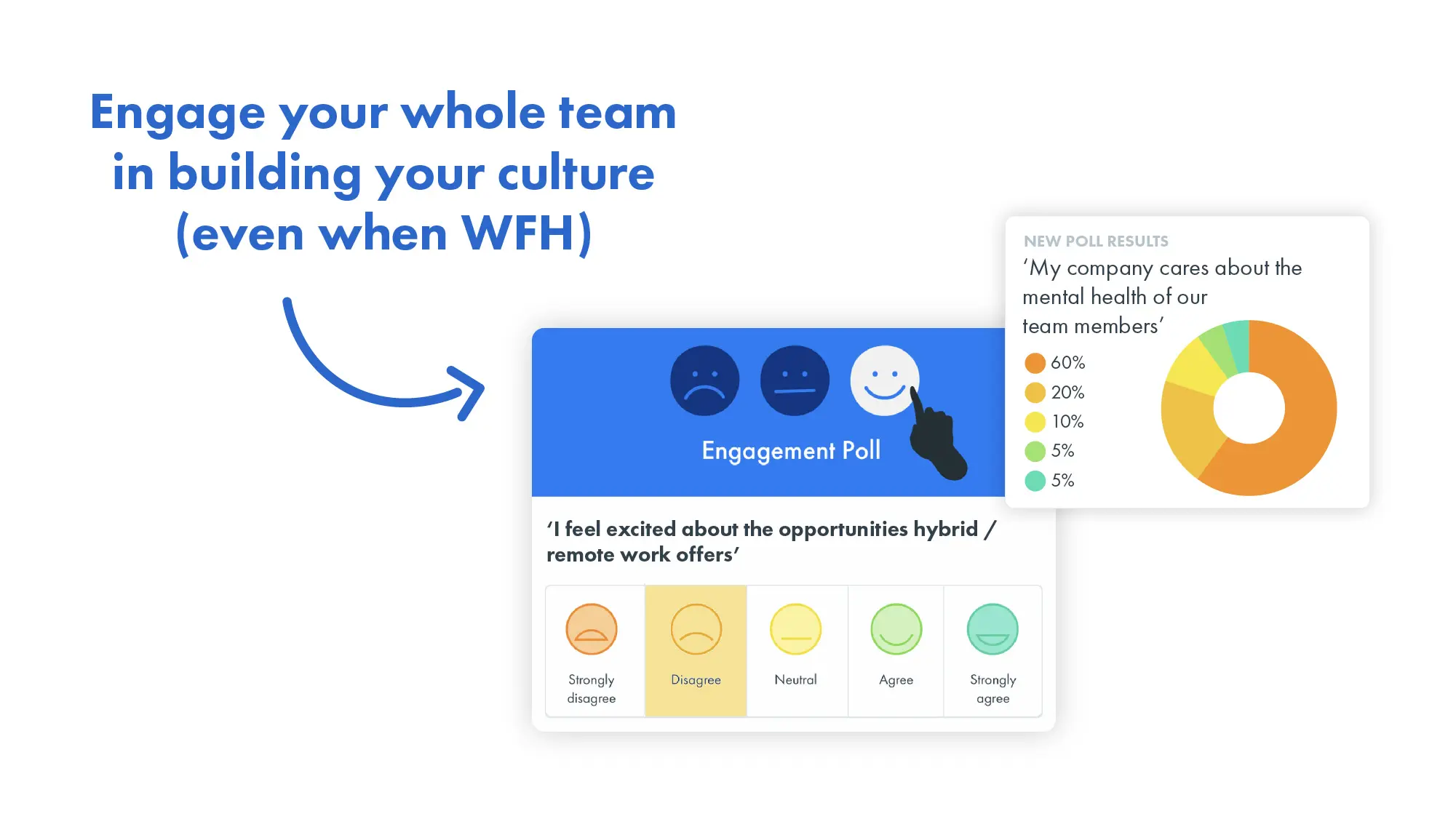
We can also customise our questions if none of the templates is suitable – maybe it’s time for you to do the same and unlock some insights about your team. Start a free trial today.
2. Keep the psychological contract
One tip I’ll share with you is about implementing a psychological contract.
The psychological contract is about giving something back to your employees: matching their hard work with, for example, a safe and supportive working environment, opportunities for career development and learning, flexible working, etc.
Sometimes, however, these promises are not necessarily “told” – they’re expected by employees.
The psychological contract is the relationship you maintain with your employees. If you simply expect them to work without ever giving anything back, the employee experience will suffer overall.
To give you a concrete example, let’s say you ran a survey about DE&I and you found serious inequality in how underrepresented employees feel about the company or how they get promoted.
It’s your role to take action to ensure this is corrected. At Charlie, for example, we put preventive measures in place in our recruitment and promotion processes, but we also run a DE&I survey every year to identify issues and make sure we put plans into place to resolve them.
This ensures our employees know we care about every aspect of their life, and that we welcome anyone in the company.
3. Get your team to set their own goals
Another element that some small businesses and startups may feel a bit scared about is getting their team to set their own goals.
What does that mean exactly?
It means trusting your team’s ability to be fair and realistic when it comes to your business. It can be difficult to completely leave the reins to someone else, but you’ll soon find out that trusting your team members is the best way to engage them.
As long as you give them the tools they need to meet their goals, they’ll also be better suited to set ambitious targets that meet their ability to do the work – this is all a great way to boost employee performance.
Trust goes a long way when it comes down to it, and it’ll be one of the best employee enablement methods you can use by giving them as much ownership as possible.
4. Invest in L&D
Learning and Development is not often the top priority when you start out, but when it comes to employee enablement, it is crucial to make sure you stay on top of what your team members need.
Here are a few ways L&D can be linked to employee enablement and employee engagement:
- By helping team members progress in their careers and have them feel more engaged with the work they do
- By upskilling your team and giving them the ability to face business challenges and fill the gaps in their knowledge so they can grow to their full potential
- By becoming a learning organisation where knowledge is not just accumulated but also passed on
At Charlie, for example, we enable our team through L&D with different methods:
- A £750 yearly budget that can be used on conferences, books, courses as they see fit
- Learning opportunities through Lunch and Learn sessions where other team members share their knowledge about a certain topic
- An exploration day every four months where people can work on side projects
5. Create a collaborative and open-to-feedback environment
To work on your employee enablement, you need to create a work environment where team members feel listened to and comfortable sharing their opinions.
Employee engagement doesn’t happen without people being able to tell you what they really think, but how do you allow them to do that?
Not everyone will feel safe telling you what they think. Running anonymous engagement is a good method to get honest feedback from your team members, but that’s not enough.
At Charlie, we always encourage our team members to speak their minds. That can be through our Q&A Slack channel where anyone can ask a question, but also by simply stating that people who have questions or anything to share can go and speak directly to me, our Chief of Staff, our CEO or anyone involved in any process or project.
This means you remove any barriers that might exist in traditional organisations, making employees feel like they have a voice and motivating them to participate in discussions. You end up benefiting from diverse points of view, making your decisions more relevant and accurate instead of just coming from the top.
6. Put together a smooth onboarding process
This may seem like an obvious step to anyone, but at Charlie, we like to put a great emphasis on how important the onboarding process is to have effective employees that can perform at their best.
Onboarding is not just a process that you need to tick off your list – it’s the entrance to employee engagement, so if you don’t give them a good experience from the get-go, your team members are unlikely to be very engaged.
At Charlie, we have a few key elements included in our onboarding process that make all the difference:
- We make sure the new hire is introduced to key people at the company so they don’t feel isolated
- We put regular check-ins into place to understand where there might be some roadblocks and where they’ll need help
- We make them feel welcome from the get-go and by ensuring all the paperwork is done and we comply with the law
- We create a detailed plan for what we expect from them and we’re always honest about their performance
- We have a three months probation for most roles so we get time to understand whether they’re a good fit for our expectations
To do all of this, we also use our onboarding feature to smooth it all out – it helps us gather all the information in one place, and makes sure our team member has all the information available.
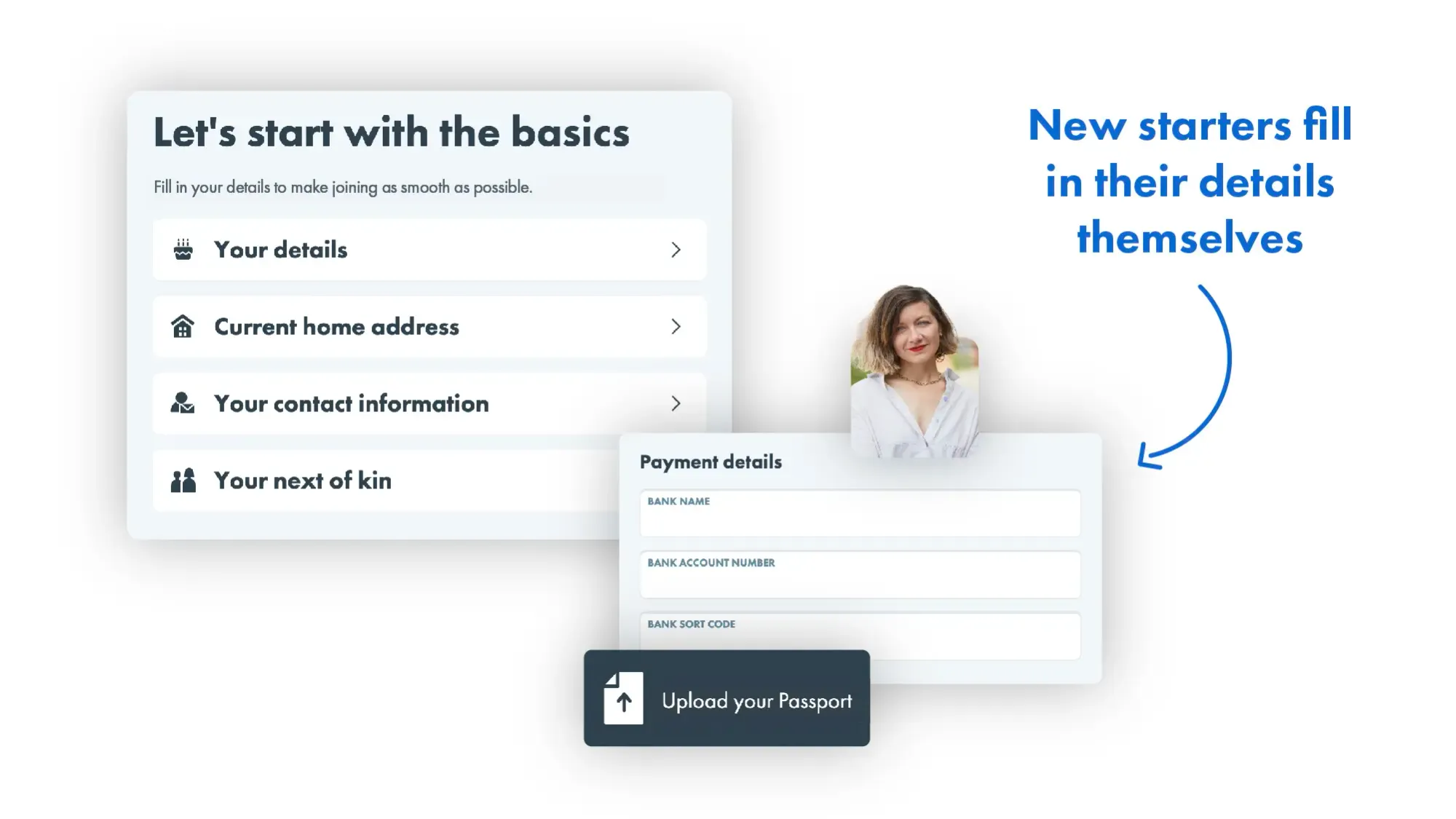
7. Make information easily accessible for your team members
To make sure your team members are independent and can enjoy the engagement opportunities you have for them, you need to make the information about them accessible.
It sounds very obvious and simple, but trust me, sometimes people are a bit lost when it comes to what can be done and what is available to them – they end up not using it because they’re not even aware of it.
That’s why it’s crucial to have a space where you can store all these resources and information – what’s the point of putting engagement initiatives into place if you can’t enable them?
At Charlie, I put together Notion pages for our team members where they can find all the information they need on each of our processes.
But that’s not it. Our company handbook is also on hand through our software at any time. Team members can scroll through policies and get their own answers – I stop being the bottleneck for their queries.
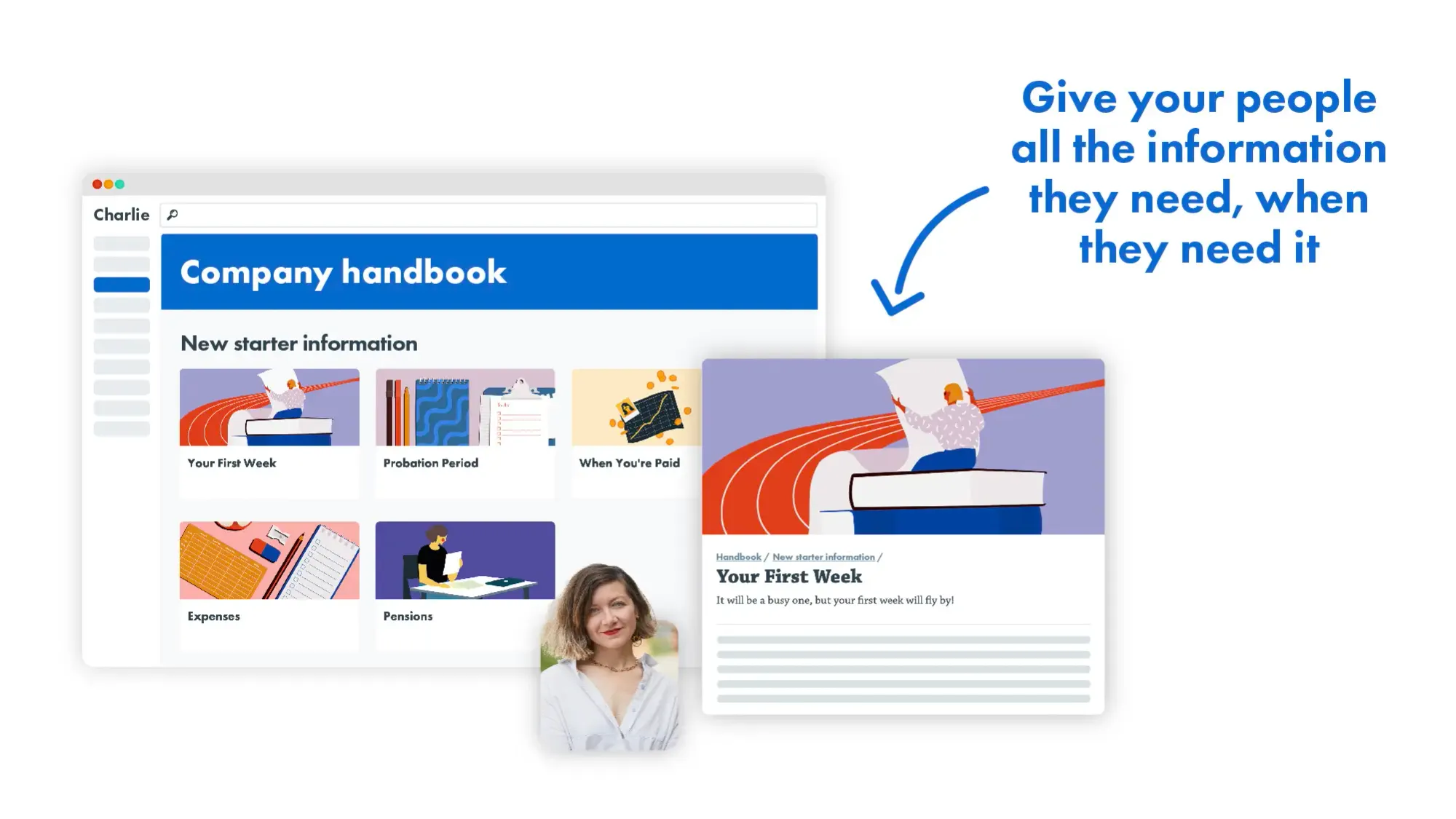
Hopefully, this guide helped you understand what employee enablement is and what tools you can use to get it to come to life.

